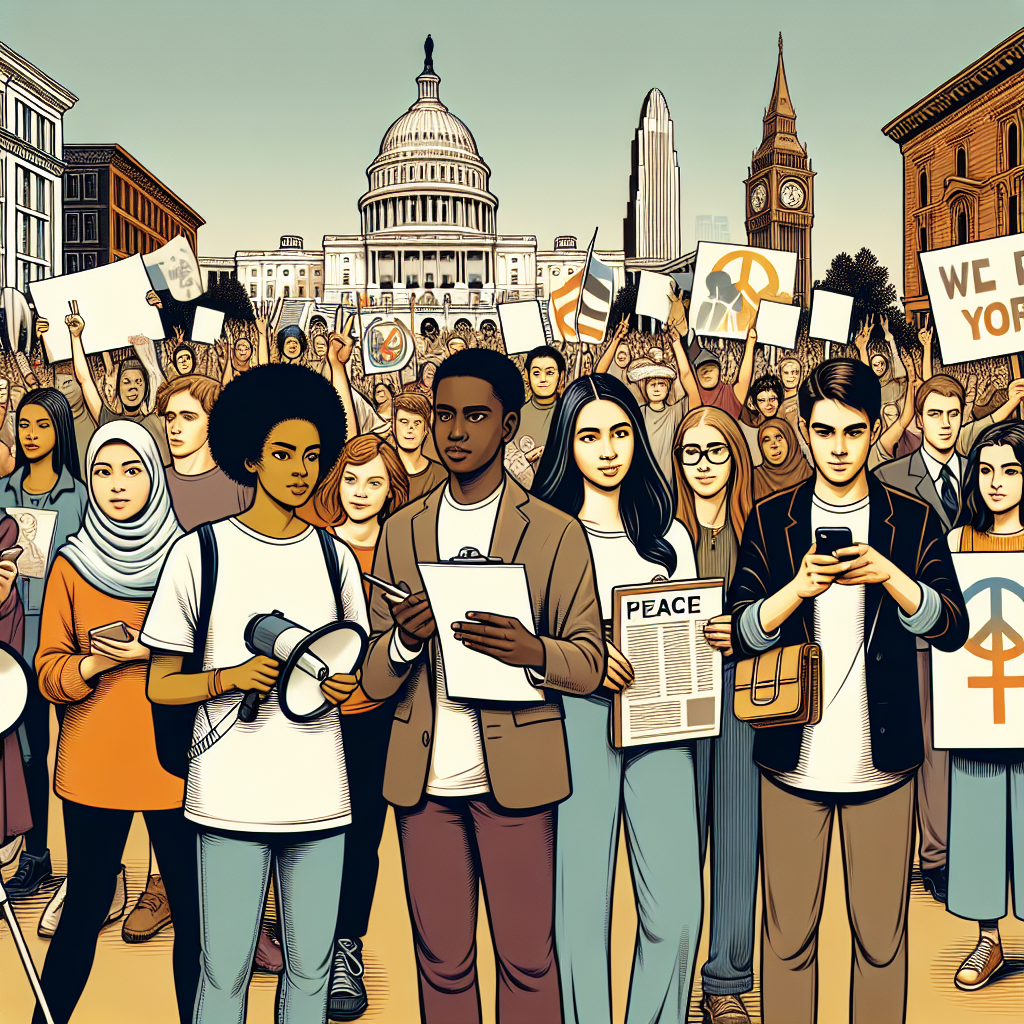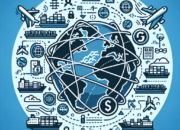Introduction
Youth activism has emerged as a powerful force in contemporary society, pivotal in shaping future policies on a wide range of issues including climate change, social justice, and education reform. In 2025, as governments grapple with the challenges of an increasingly complex world, the role of young activists has never been more critical. Engaging with their digital platforms, mobilizing communities, and influencing public opinion, today’s youth are not just the leaders of tomorrow; they are the changemakers of today. This article explores the multifaceted role of youth activism in shaping future policies.
The Impact of Social Media on Youth Activism
Social media platforms have revolutionized the way young people engage with activism, allowing them to mobilize quickly and effectively. Today, youth activists utilize platforms like TikTok, Instagram, and Twitter to reach vast audiences, share their messages, and organize protests. In 2025, the immediacy of these platforms has made them essential tools for awareness campaigns, enabling issues that might have gone unnoticed to gain widespread attention and support.
Furthermore, social media’s capacity for real-time interaction fosters a sense of community among young activists, enabling them to collaborate across geographical boundaries. Movements can now expand beyond local contexts, uniting supporters globally. This interconnectedness has proven invaluable, as recent youth-led climate strikes and social movements illustrate. By harnessing the power of social media, young people are not only amplifying their voices but are also influencing policymakers to take urgent action on critical issues.
The Role of Youth Activism in Climate Policy
In 2025, climate change remains one of the most pressing challenges of our era, and youth activism has played a crucial role in driving climate policy. Young people, driven by a sense of urgency and moral responsibility, have spearheaded initiatives demanding comprehensive actions from governments and corporations. The recent rise of grassroots movements, led by figures like Greta Thunberg and local youth activists, has put immense pressure on policymakers to commit to sustainability and accountability.
This activism has led to some significant policy shifts. Many governments are now prioritizing renewable energy investments and introducing more stringent regulations on carbon emissions as a direct response to youth-led movements. Furthermore, the increasing participation of young people in climate-related conferences and forums is reshaping the conversation around environmental policy. Their perspectives not only enrich discussions but also ensure that the voices of those most affected by climate change—future generations—are heard.
The Intersection of Social Justice and Youth Activism
In recent years, the intersection of social justice and youth activism has grown increasingly prominent, especially in the wake of movements like Black Lives Matter and #MeToo. Today’s young activists are not afraid to confront systemic inequalities, advocating for racial justice, gender equality, and LGBTQ+ rights. In 2025, youth activism has diversified to tackle multiple facets of social justice, reflecting a comprehensive understanding of intersecting oppressions.
The urgency exhibited by young activists often invokes critical conversations around policy reform. For instance, the push for police reform and social services has gained momentum due to sustained advocacy by youth-led organizations. These activists are actively working to ensure that policymakers recognize the systemic issues at hand and take substantive actions, which may include reallocating funding to underprivileged communities or reforming educational curricula to be more inclusive.
Moreover, youth activism’s impact is not confined to national policies; it resonates on a global scale. International coalitions of youth activists are collaborating to advocate for human rights and equity across borders. This transnational movement is vital in shaping policies that hold governments accountable for their human rights records, exemplifying how youth activism is not just a local phenomenon but a global imperative.
Youth Activism and Educational Reform
In the pursuit of educational equity, young activists are championing significant reforms. By 2025, youth-led movements advocating for equal access to quality education have gained traction, highlighting issues like student debt, curriculum relevance, and mental health resources. The activism surrounding educational reform demonstrates a critical recognition that a well-rounded and equitable education system is essential for future generations.
In many regions, student-led campaigns advocating for changes in school policies have influenced legislative discussions. Youth activists have been at the forefront, pushing for policies that incorporate social and emotional learning, eliminate discriminatory practices, and bolster support for mental health initiatives. Their direct engagement with schools and policymakers has opened new pathways for dialogue, ensuring that educational reforms align with the needs of all students.
Additionally, the demand for inclusivity in educational content has prompted a reevaluation of curricula across many educational systems. Young activists are advocating for the integration of diverse perspectives and cultural histories into educational materials, ensuring that the narratives of historically marginalized groups are represented. Such efforts are vital in creating an educational environment that fosters understanding and appreciation of diversity, thereby shaping more equitable futures.
Challenges Faced by Youth Activists
Despite their tremendous influence, youth activists continue to face several challenges in advocating for policy changes. One major obstacle is the often dismissive attitude of established political entities who view young activists as inexperienced or idealistic. This disconnect can lead to frustrations, particularly when policymakers fail to recognize the legitimate concerns raised by youth. As of 2025, there is a growing need for platforms that genuinely amplify and involve young voices in legislative processes to address this disparity.
Additionally, young activists frequently confront issues of burnout and safety. The emotional toll of continuously advocating for urgent social problems can lead to mental health challenges, evidenced by increased reports of anxiety and depression among activists. The potential for backlash, harassment, or even threats minimizes the willingness of some young people to step into activism or speak out openly. Addressing these challenges is critical for sustaining the momentum of youth activism and protecting the well-being of its advocates.
Lastly, funding remains a contentious issue for many youth-led initiatives. Often, young activists lack access to the financial resources necessary for sustaining long-term campaigns and outreach efforts. This financial barrier can stifle innovative projects or movements that could benefit from additional support. To maintain the impact of youth activism on future policies, it’s essential to develop funding models that specifically cater to the needs of young activists, empowering them to continue their important work.
Conclusion
In summary, the role of youth activism in shaping future policies is profound and multifaceted. By leveraging social media, advocating for climate action and social justice, and pushing for educational reforms, young activists are challenging the status quo and demanding a more equitable and sustainable future. However, for their influence to be sustained and expanded, it is essential to address the various challenges they face, including dismissive attitudes from policymakers, emotional burnout, and funding gaps. In 2025, the youth remain not only pivotal figures in today’s movements but are also essential to the ongoing evolution of public policy that will shape our world for generations to come.
FAQs
What are some examples of successful youth activism movements?
Some notable examples include the March for Our Lives organized by high school students advocating for gun control, the global school strike for climate pioneered by Greta Thunberg, and the youth-led protests following the Black Lives Matter movement, all of which demonstrate the power of youth activism in shaping public discourse and policy.
How can young people get involved in activism?
Young people can participate in activism by joining advocacy groups, engaging in local community service, using social media platforms to spread awareness, and organizing or participating in peaceful protests and campaigns that align with their interests and values.
What impact does youth activism have on future leaders?
Youth activism not only influences current policies but shapes future leaders’ perspectives. When young people engage in activism, they develop critical thinking, communication skills, and leadership qualities, which positions them to take on influential roles in society as they grow into adulthood.












